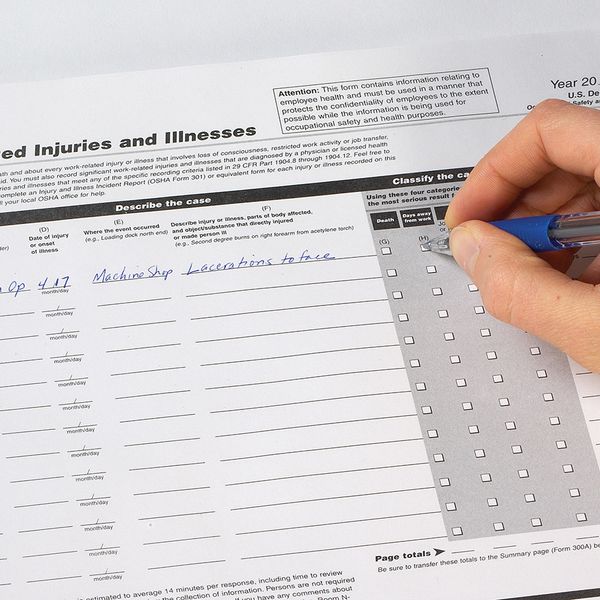Stay alert, stay safe: Effective strategies for managing worker fatigue
Fatigue is described as “feeling weary, tired, or lacking energy.” It can affect one’s cognitive function, reflexes, and decision-making skills. Employers need to acknowledge the severity of fatigue and put in place practical solutions to address it. This can be achieved through enhancing employee well-being, lowering the risk of incidents, and boosting overall productivity.
For workers, fatigue is often associated with nonstandard schedules, which can include night shift work, long work hours, or irregular shifts. According to the Centers for Disease Control (CDC), nearly 30 percent of the American workforce has a work schedule outside of a “regular daytime shift,” and one in four workers reports working more than 40 hours per week. Other factors that can contribute to worker fatigue include stress, performing physically or mentally demanding job tasks, or working in hot environments.
The symptoms of fatigue, such as lack of energy or sleepiness, can affect a worker’s job performance and cause workers to:
- React more slowly,
- Be less attentive,
- Suffer short-term memory loss, and
- Lack judgement.
Fatigue can significantly impact worker safety and health. Fatigue-related issues are also a public health and safety concern, as tired workers navigate public roads. This not only puts themselves, but others, at risk. To combat these issues, employers should:
- Identify the risks associated with fatigue;
- Identify the sources of fatigue; and
- Take measures to prevent and manage worker fatigue.
Employer responsibility
Employers must provide workers with a safe and healthy work environment. While OSHA does not regulate hours worked, does not require breaks, and does not require a minimum sleeping or rest period between shifts, they can cite employers under the General Duty Clause when they ignore the human factor of employee fatigue from excessive overtime. To avoid such citations, employers can:
- Examine staffing issues such as workload, work hours, and understaffing.
- Arrange schedules to allow workers sufficient opportunities for rest breaks and sleep.
- Adjust the work environment, such as lighting and temperature, to increase alertness.
- Provide education and training to workers addressing the hazards, symptoms, and impact of fatigue on health and relationships.
- Consider implementing a Fatigue Risk Management Plan, which can help manage worker fatigue.
Worker responsibility
While employers have a responsibility to provide workers with a safe and healthy work environment, workers have responsibilities as well. To maintain healthy sleep, workers should:
- Get 7-9 hours of sleep each night;
- Avoid consuming caffeine before bed;
- Ensure a comfortable, cool, dark, and quiet sleep environment;
- Sleep at the same time each night;
- Exercise regularly;
- Eat a balanced diet; and
- Maintain a healthy weight.
If fatigue/sleep problems persist, workers should keep a sleep diary and talk to their doctor.
Key to remember
Fatigue can impact worker safety and health. Employers have a responsibility to ensure fatigue is managed in the workplace, while workers must practice good sleep habits to ensure their own safety and that of others.




















































